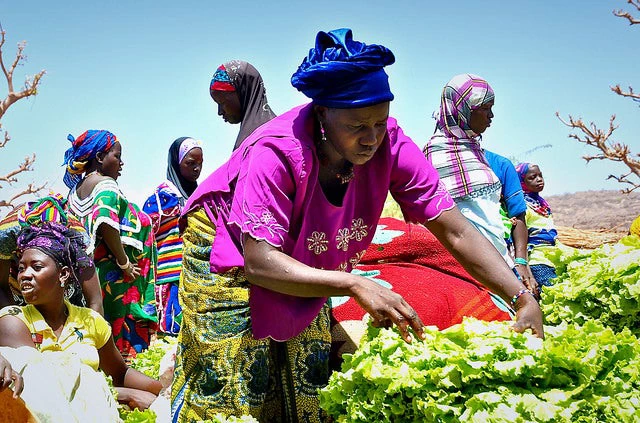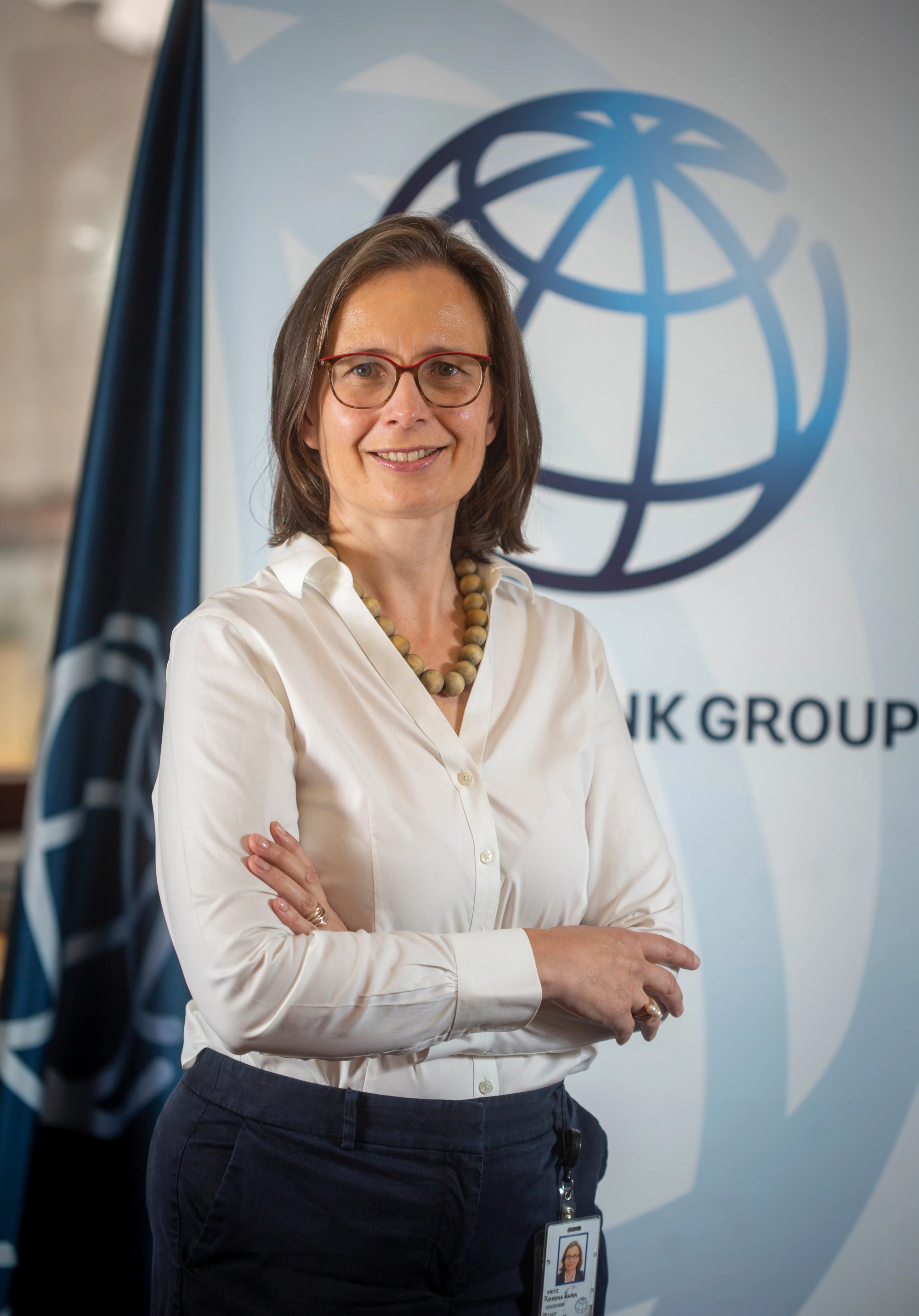
© Irina Mosel / ODI
Recently, I participated in an ODI-organized conference on ‘Driving change in challenging contexts’. The ongoing refugee crisis in Europe as well as the adoption of the SDGs is bringing efforts to revive and accelerate development in challenging contexts to the forefront of political attention.
Progress in such contexts is inevitably difficult. But actual practices are also still far from the possibility frontier of what could be done. Four issues stand out:
1. Addressing security dilemmas
If donor countries are serious about delivering development, they need to find ways of addressing the security dilemmas that groups in post-conflict countries face – such as the risk of disarming as long as others remain armed, and the absence of a state monopoly of violence.Larger-scale peacekeeping missions are costly and they are often criticized. But such missions combined with security sector reforms can be critical to guaranteeing that different sides in a civil war do not restart fighting. Without progress on the security dimension, development efforts risk remaining ‘Sisyphean’ – moving a few steps forward during periods of relative peace, only to see progress slip away during periods of renewed conflict.
2. Syncing diplomatic and technical efforts
It is vital to bring diplomatic and technical efforts into better sync. As it stands, discussions at the diplomatic level – at international conferences, small-circle meetings, and in individual foreign ministries – focus on key directions such as peace-agreements or recognizing a government, but often fall short of sufficiently considering technical factors, feasibility and risks. There are a number of areas in which the two levels could work more in sync, including in identifying ways to maximize diplomatic incentives for governments to invest in institution-building, being realistic about elite incentives in post-conflict environments, and avoiding extended periods of unclear authorizing environments.
Also,during periods of renewed conflict or unrest, assistance for institutional development is often scaled back. While the diplomatic and political rationale is readily justifiable, a full swing from large scale to little or no technical assistance can damage the prospects for longer-term state-building efforts. These ‘on and off’ shifts in development assistance have been highlighted as unhelpful by the OECD and the WBG’s 2011 WDR – but in practice, there is not yet a clearly agreed upon set of alternative approaches.
3. Identifying real windows of opportunities
Significant progress is possible in difficult contexts – but this is most likely to materialize when the political leadership of a post-conflict country is seeking to achieve wider goals, such as winning independence or accessing large-scale external assistance. International partners have to do a better job of clearly and honestly identifying the size of windows of opportunity – recognizing that they can be quite wide in some difficult environments, but quite narrow in others. Especially in the latter contexts, mutual recriminations among different reform stakeholders can emerge. Instead, jointly recognizing a ‘doubly difficult’ environment, pursuing basic and gradual gains and experimenting with different entry points will be more productive.
4. Overcoming the aid coordination quagmire
A fourth key challenge to address in fragile environments is the ‘coordination quagmire’. Short tours of duty create a constant need to re-establish relationships and weaken institutional memory of what has worked and what has not. Governments are frequently preoccupied with managing internal political tensions, and are not well organized and staffed to lead on aid coordination.
Moreover, development partners are more likely to suddenly pull out or not approve proposed new projects. This presents a problem for government representatives, but also among development partners: for donor Y to plan programs in ways that complement what donor X is doing becomes a constant struggle, since donor X may suddenly change their plans and/or may have extended periods of non-decision. Moreover, aid in fragile contexts tends to be expensive: contractors and individual consultants demand substantial premiums to work in environments with higher security risks, and competition among multiple projects further contributes to price premiums. Pooled funds that are replenished at agreed intervals could address some of this ‘quagmire problem’. If funding is scaled back in response to renewed conflict, at least a minimum floor of funding should be left to allow Government to maintain key nascent institutions and systems.
BSI has identified an interesting model: it has been able to find young, enthusiastic but also experienced staff, who stay engaged for extended periods of time, placing these as advisers into health, finance or education ministries. Such advisers can help government and development partners to identify key gaps and opportunities for support. While this model is not a panacea, it can at least partially addressing the coordination quagmire and has selectively helped move forward larger-scale reforms, such as local service delivery and fiscal decentralization in South Sudan.
We are likely to see greater efforts towards supporting change in difficult contexts, as the international community seeks to end absolute poverty and to pursue the other SDGs – which critically hinges on greater progress being made in fragile and post-conflict contexts. Achieving real progress will require to generate and take lessons seriously; and most of all, it will require much more attention on moving from policy insights to actual better practices on the ground.


Join the Conversation